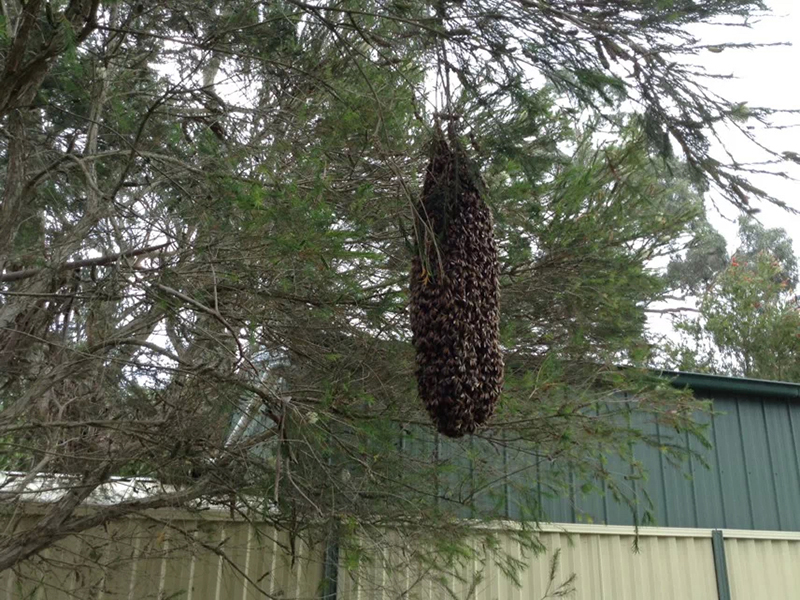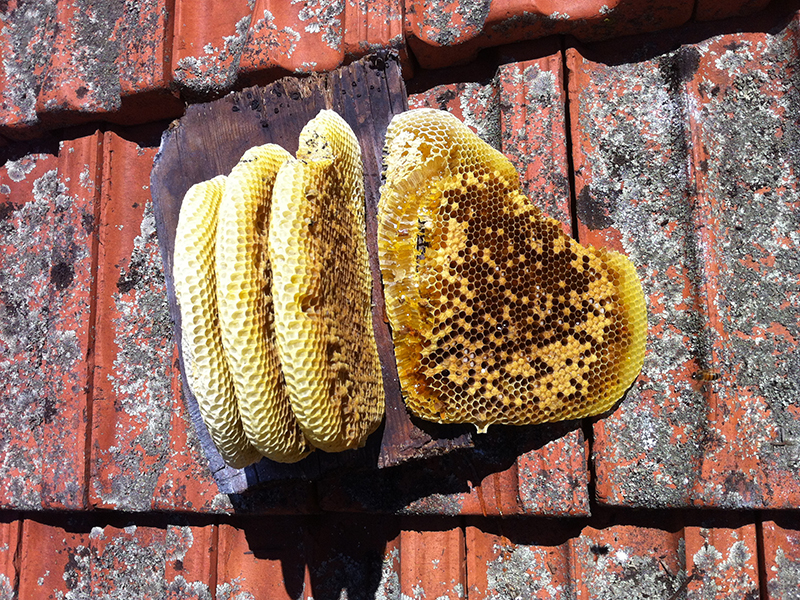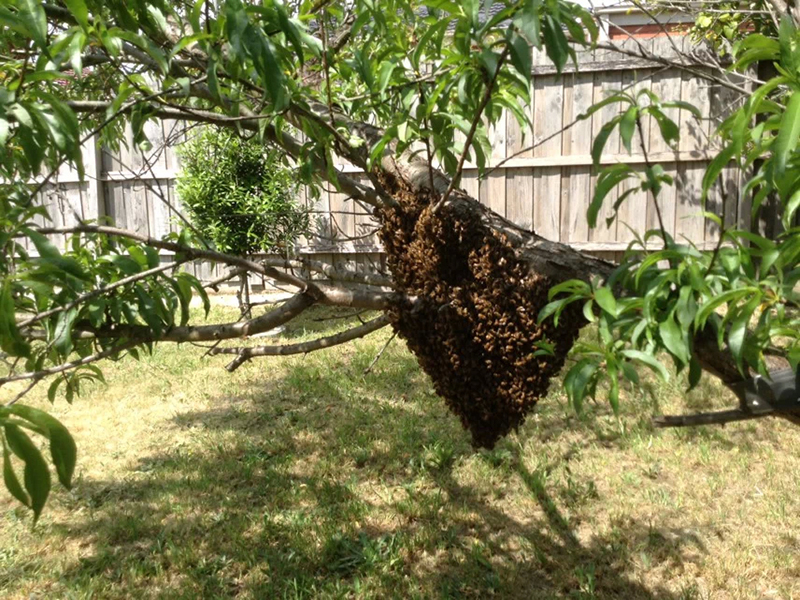Wasp & Bees Control
Wasp and bees look similar as they are closely related. Wasps are very aggressive insects. In winter the male wasps die off and the fertile queens hibernate until spring when they fly off to build new nests.



Bees are a traditionally passive insect and only use their stinger as a last resort. Unfortunately, bees can easily build nests around us in the warmer months, which causes big problems for our safety, too.
Where do bees and wasps nest?
- Within wall cavities
- In the roof voids
- In the hollows in trees
- On the ground in garden
- In the soil and on plants in the park
What harm can be caused?
They may sting, bite, or swarm to defend themselves or their colony. The reactions to stings may include:
- Redness
- Itching
- Tenderness
- Swelling
- Itching
- Burning
Allergic reactions may include: hives or rash, headache, swelling away from the sting site, stomach upset, minor respiratory symptoms.
How do we deal with wasps and bees?
Usually if possible we will remove the bee hive, but for the wasp nest, we will spray with proper chemicals to ensure all the wasps are eliminated. If there is a swarm, make sure to stay inside until they cluster onto an object and most bees or wasps stopped flying. Wear shoes to avoid touching bees on the ground. Call a trained staff to inspect and get rid of them for your safety.
Home Treatment for Bee and Wasp Stings, please refer to
http://www.webmd.com/first-aid/bee-and-wasp-stings-treatment


